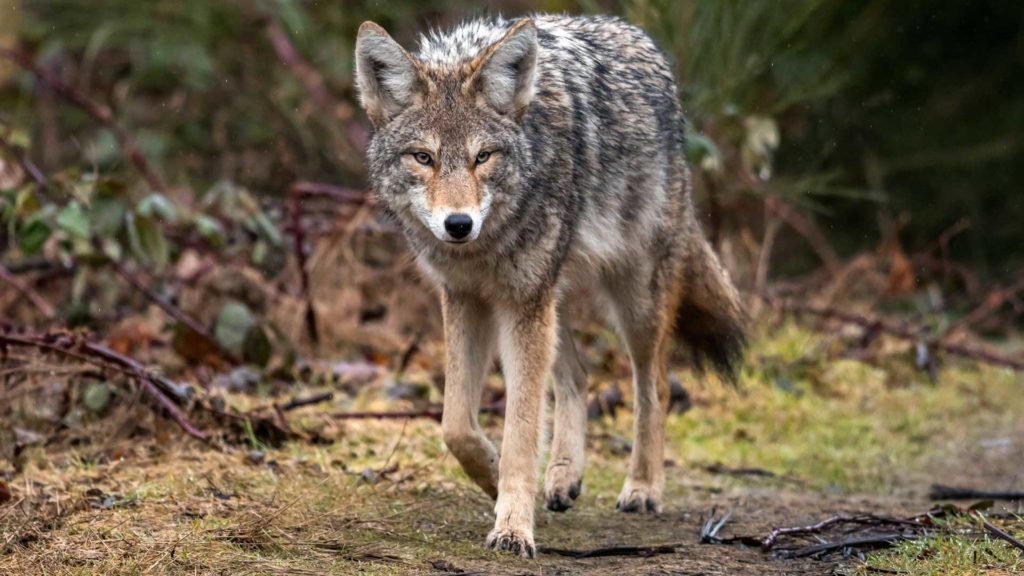Chinese Pangolin
Pangolins’ bodies are covered in scales made out of keratin. These provide camouflage and function as armor, allowing them to curl up into a ball that not even a lion or tiger can break into. They can also escape from predators by climbing trees, digging burrows,...
Clouded Leopard
Contrary to their name, clouded leopards aren’t closely related to leopards. Instead, they’re thought to be an evolutionary link between big and small cats. They’re nocturnal and very shy, so they haven’t been seen enough to know much about their behavior. They are...
Crab-eating Macaque
Crab-Eating Macaques are very playful and socially active, and have a long history of friendly relationships with humans. They live in female dominated societies with very defined social hierarchies. Macaques utilize bonding activities in order to maintain social...
Crabeater Seal
Contrary to their name, crabeater seals don’t actually eat crabs. They were misnamed by the people who first discovered them. With a diet of almost exclusively krill many refer to them as “krilleater seals”...
Fennec fox
Fennec foxes are well adapted to the desert environments that they live in. Their big batlike ears radiate heat to keep cool and their thick fur coats provide protection from the harsh sun and work as insulation during the cold nights. Fennec foxes are able to jump...
Fishing Cat
Fishing cats are excellent swimmers and spend most of their lives in areas close to the water. They have short flattened tails which they use to steer through the water. They’re very territorial and claim spaces up to 8.5 square miles (22 square kilometers) as...
Giant Panda
Unlike other bears, pandas can't store fat and therefore do not hibernate. Instead, giant pandas spend 10-15 hours eating every day. While older pandas spend most of their time eating and sleeping, younger pandas are quite playful. They play with each other, tumble...
Animal Types

Amphibians

Birds

Fish

Invertebrates

Mammals











